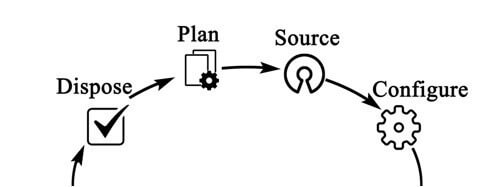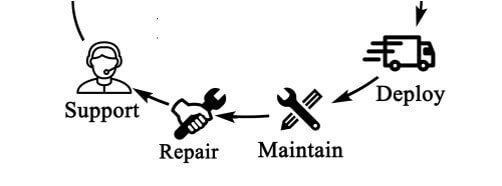The challenge
The councils’ Insight and Analytics team was keen to serve its diverse population better by understanding more about different households and how council services and initiatives could best support them. Like all councils, Richmond and Wandsworth’s remit spans many public services, campaigns and activities. Insight and Analytics Manager Salman Klar and Intelligence Analyst Emily Heades saw the vast potential in CACI’s Acorn dataset to better inform decision-making and communicating in the boroughs. Emily says:
We had a free trial access to the data over the summer, which CACI was offering to help councils with Covid-related challenges. We started using Acorn, Household Acorn and Wellbeing Acorn.
The approach
Salman, Emily and the team were immediately able to make use of the data. Salman explains: “We first used if for our digital exclusion work in May. Because of the pandemic, all our council services and messaging needed to go digital. So it was really important for us to know who would have digital access, laptops and connectivity – for remote schooling and access to essential services and information.
We serve over half a million residents: to communicate with them all effectively, we needed to know who would respond to an email and who could only be reached by a letter or leaflet through the door.”
This use case demonstrated the value of the data to Richmond and Wandsworth Councils. The team confirmed an annual subscription to the datasets and the Acorn Profiler analysis tool. CACI ran virtual training sessions for council users to build awareness about the scope and potential uses of the data as well as to transfer specific skills for using the Profiler tool.
The results
The report compiled by Emily in the spring about Digital Exclusion used CACI Household Acorn data to reveal groups of residents who were potentially disadvantaged, because they couldn’t connect to online services, information and support.. Immediately, the councils were able to share these insights with organisations via the community engagement team, who used it as evidence in funding bids for officers to help residents connect digitally.
Emily and the team have also used Acorn postcode data to help identify homes in the boroughs that might be eligible for the Government’s Green Homes Grant, based on income indicators. They were able to estimate how many homes might qualify. The methodology and evidence helped secure over £500K of central government funding for each borough. This is being distributed to the least energy-efficient households through a local grant scheme covering up to £10,000 of carbon emission reduction works per home.
The councils used Acorn data to understand characteristics that influence residents’ propensity to generate food waste. Emily says: “A survey was commissioned into what households in the borough are throwing away. The specialist firm that provided it had broken the findings down by Acorn type. Now that we have the dataset too, we’ve been able to explore more deeply to help us build a communications strategy to reduce food waste, targeting households that generate the most with relevant and useful guidance and encouragement.”
The benefits
The objective, trusted evidence that Acorn insights provide gives the councils better insights into the needs of residents. Salman adds,
We have had so many requests for the data to help our teams adapt their communications and services during the pandemic. We’re continually finding more ways to use it to serve residents better by understanding their needs and lifestyles.
Read the case study
You may read the full customer here. If you have any questions or want to learn more on CACI’s solutions, get in touch today.












